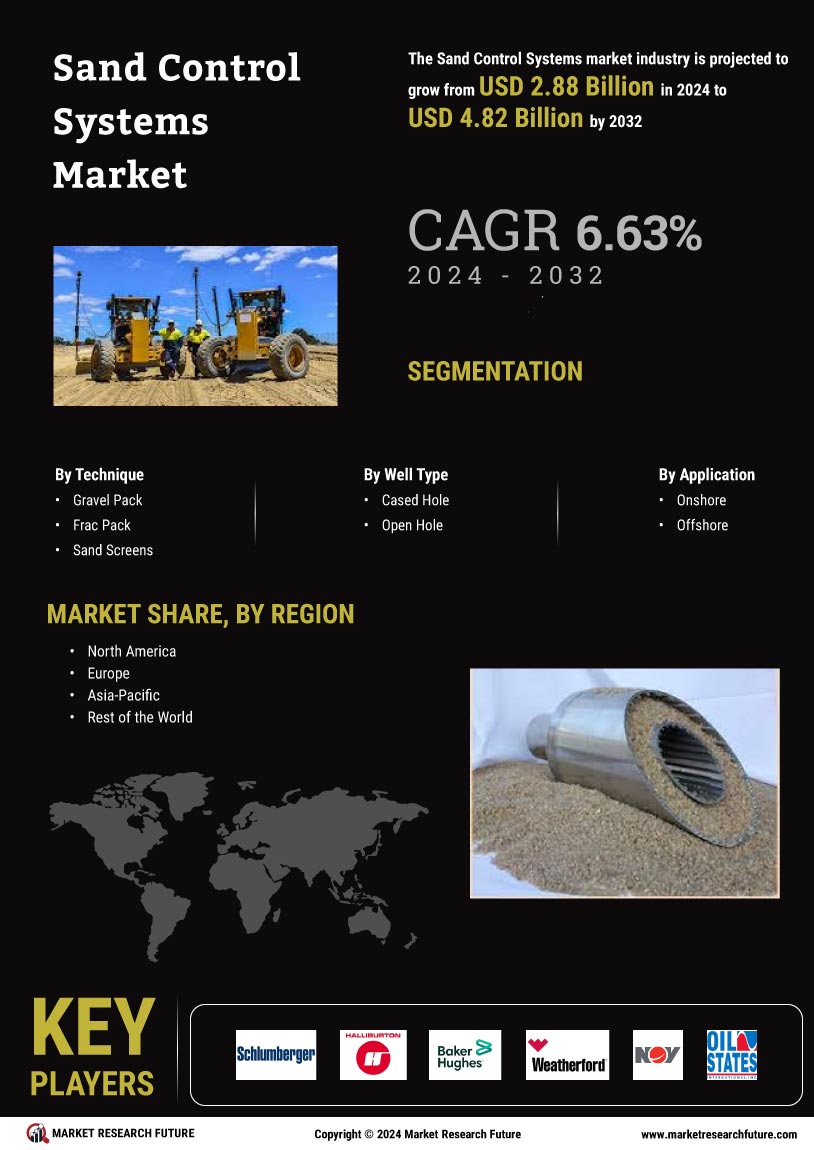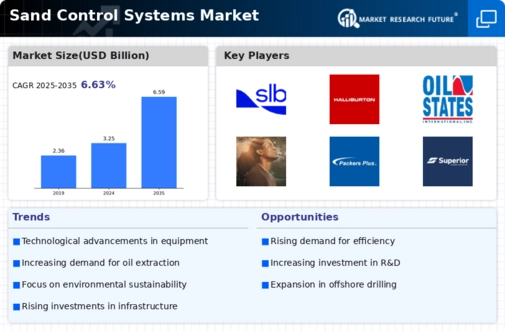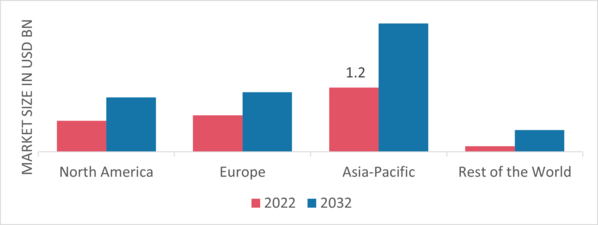Leading market players are investing heavily in research and development in order to expand their product lines, which will help the Sand Control Systems market, grow even more. Market participants are also undertaking a variety of strategic activities to expand their global footprint, with important market developments including new product launches, contractual agreements, mergers and acquisitions, higher investments, and collaboration with other organizations. To expand and survive in a more competitive and rising market climate, Sand Control Systems industry must offer cost-effective items.
Manufacturing locally to minimize operational costs is one of the key business tactics used by manufacturers in the global Sand Control Systems industry to benefit clients and increase the market sector. In recent years, the Sand Control Systems industry has offered some of the most significant advantages to medicine.
Major players in the Sand Control Systems market, including Schlumberger Limited (France), Halliburton Inc. (U.S.), Baker Hughes Incorporated (U.S.), Weatherford International (Switzerland), National Oilwell Varco (U.S.), Oil States International (U.S.), Tendeka (U.K), Welltec (Denmark), Packers Plus Energy Services Inc. (Canada), Superior Energy Services Inc. (U.S.) and others, are attempting to increase market demand by investing in research and development operations.
Halliburton Co., a provider of oilfield services, is referred to as Halliburton. From hydrocarbon discovery to geological data management, drilling, formation evaluation, well development and completion, and production optimization, the company aids the upstream oil and gas sector throughout the reservoir's lifetime. Halliburton offers cementing, stimulation, intervention, artificial lift, well-bore placement solutions, and completion services to the upstream oil and gas industry. The company has production facilities in the US, the UK, Singapore, and Malaysia. Globally, the company has operations in North America, Europe, Africa, Latin America, Asia, and the Middle East.
The company's headquarters are in Houston, Texas, in the United States.
NOV Inc (NOV), formerly known as National Oilwell Varco Inc., provides technology, products, and services to the oil and gas industry. The company's product line includes rig systems, wellbore technologies, completion and production solutions, and more. The company's product line includes fiberglass systems, pipe handling, floating production systems, subsea production systems, integrated tensioning systems, drilling fluid equipment, and power systems. The company also provides its customers with services in a variety of other fields, including field engineering, specialist inspection, installation and commissioning, and waste management.
Independent oil and gas companies, drilling contractors, rig fabricators, well servicing companies, and well maintenance companies are among the clients it serves. The company's operations are located in a number of countries in the Americas, the Middle East, Africa, Asia-Pacific, and Europe. The US city of Houston serves as the headquarters for NOV.








